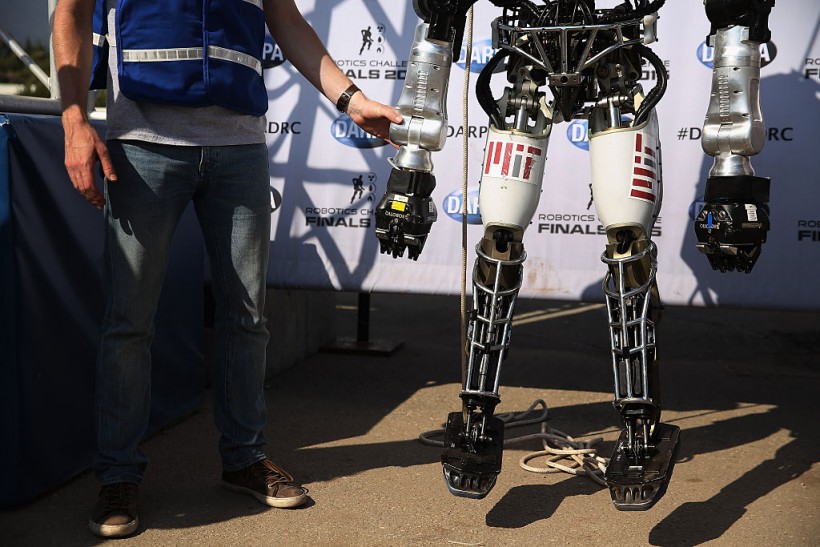Researchers at MIT have developed a novel AI technique that simplifies the process of contact-rich manipulation planning for robots.
The method involves using an AI technique called "smoothing" to streamline the planning process and enable robots to manipulate objects with their whole bodies, as reported by MIT News.

The Concept of Smoothing
The traditional planning process for robots involves considering numerous potential contact events between the robot's fingers, arms, and torso and an object. This complexity makes planning for tasks like whole-body manipulation extremely challenging.
The researchers applied the concept of smoothing, which condenses multiple potential contact events into a smaller number of decisions. This simplified approach allows even a basic algorithm to quickly identify effective manipulation plans for robots.
"Rather than thinking about this as a black-box system, if we can leverage the structure of these kinds of robotic systems using models, there is an opportunity to accelerate the whole procedure of trying to make these decisions and come up with contact-rich plans," H.J. Terry Suh, an electrical engineering and computer science (EECS) graduate student and co-lead author of the work, said in a statement.
By employing smoothing, this method could pave the way for smaller, mobile robots in factories that use their entire arms or bodies to manipulate objects. This is in contrast to larger robotic arms that can only grasp objects using their fingertips. Such an approach may help reduce energy consumption and overall costs.
Furthermore, this technique has the potential to enhance the capabilities of robots in exploration missions to planets like Mars, enabling them to swiftly adapt to new environments using onboard computing, according to the team.
The researchers believe that by leveraging the structured knowledge of robotic systems through models, the entire decision-making process can be accelerated, leading to more effective contact-rich plans.
This development could have implications beyond industrial applications. For instance, it could also be beneficial for robots deployed in challenging environments, including space exploration, where the ability to manipulate objects efficiently is crucial.
Contact-rich Manipulation
While the study is still in its early stages, it introduces a new perspective on addressing the challenges robots face in contact-rich manipulation.
By leveraging the insights from their research, the MIT team aims to enable robots to perform tasks that involve whole-body manipulation with greater efficiency, potentially revolutionizing the field of robotics and automation.
The researchers note that this approach isn't only useful for manipulation planning but could also have broader implications in other areas of robotics where structured knowledge and models can be employed to streamline complex decision-making processes. The team also envisions this technique being used on highly dynamic motions.
Related Article: MIT Mini Cheetah Robot Speed Enhancement Made Possible, Thanks to New Simulation Training-Similar to 'Matrix?'









